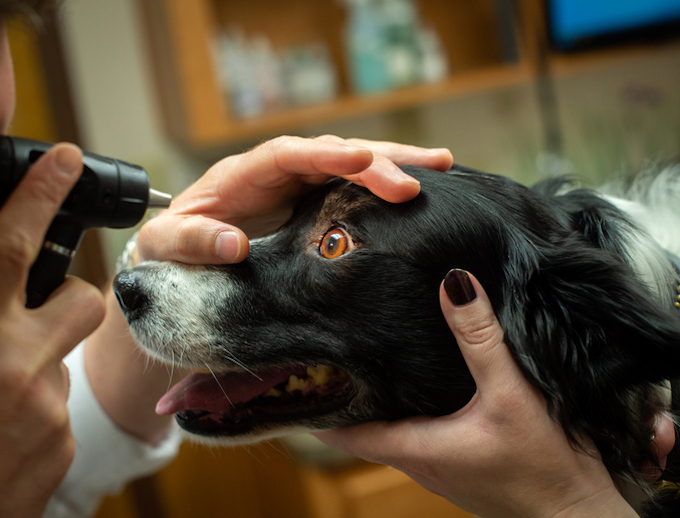Eyelash disorders in dogs affect the way eyelash hair grows. The condition can cause damage to the cornea and frequent eye pain.
Technically, the condition is medically known as trichiasis, distichiasis, and ectopic cilia.
Generally, the condition affects younger dogs more than older dogs. Additionally, certain breeds including English Bulldogs, Cocker Spaniels and Pekingese suffer from it the most.
If you see the signs of eyelash disorders in your dog, then get to a veterinarian for a proper diagnosis and treatment.
Here’s what you should know about the symptoms, causes, and treatments for the condition.
Symptoms of Eyelash Disorders in Dogs
The condition produces a range of symptoms. For example, some of the most common symptoms include:
- Iris changing color
- Swelling around the eyes
- Tearing
- Pain around the eyes
- Twitching
- Ulcers
Causes of Eyelash Disorders in Dogs

The cause of the condition is often due to the breed of a dog. Specifically, the following breeds are most likely to develop the condition:
Additionally, younger pups suffer from the condition more than older dogs.
Treatments for Eyelash Disorders in Dogs
Firstly, your vet will ask about your dog’s symptoms. Secondly, your vet will closely examine your dog’s eyes. This is usually enough to diagnose the precise condition.
Additionally, your dog’s ability to produce tears will also be tested. This is called a Schirmer test.
Treatment can take the form of a couple of options. In some cases, the eyelash hair will be trimmed. Other times, a surgery might be needed.
Generally, while recovering from the condition, it is important to keep your dog’s eyes clean and clear. Sometimes, an eye wash will be needed. Your vet will show you how to clean your dog’s eyes safely.
Have you ever cared for a dog who suffered from this condition? How did your vet help your dog recover? Let us know in the comments section below.









